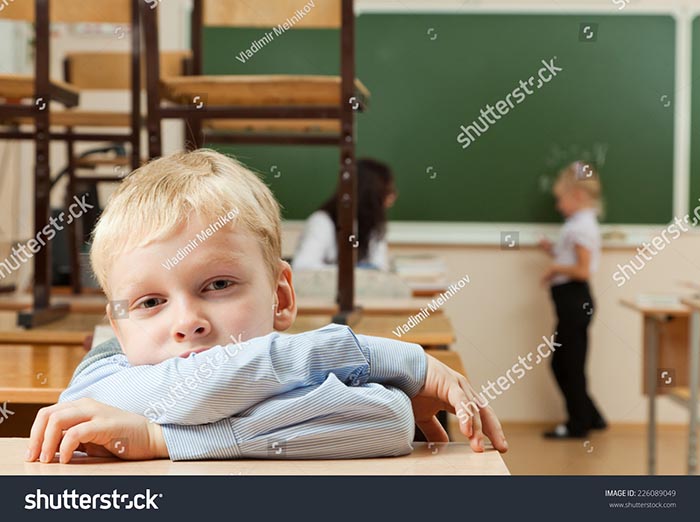
From the shift to distance learning to the impact on school budgets, we’re collecting news, analysis and expert advice on how K-12 is responding to the pandemic.
From K-12 Dive
By Roger Riddell, Naaz Modan, Kara Arundel, Anna Merod
March 24, 2022
The nation’s public school districts continue to face disruption as the COVID-19 pandemic drags on. The past two years have seen districts and policymakers alike make strides in addressing the “homework gap” resulting from a lack of access to devices and home internet, in addition to other logistical hurdles such as meal access and safety measures.
But compounded learning loss, struggles to keep students engaged, and educator burnout from back-to-back years of shifting approaches are taking a heavy toll.
Follow along below as we track news and analysis around the coronavirus’ impact on K-12.
March 24, 2022
What we’re looking into:
Nearly half of public school teachers surveyed nationwide said they had students who were registered but never showed up to class during the 2020-21 school year, according to a report from the Government Accountability Office.
GAO, along with Gallup, received responses from 2,862 teachers and estimates that 1.1 million teachers nationwide had at least one student who was unaccounted for in 2020-21.
Other news highlights:
Chicago plans to maintain its COVID-19 quarantine policy amid parent demands for a return to normal “before it’s too late.” (Chicago Tribune)
According to data from England’s Department of Education, COVID-19 absences in that country’s schools have tripled in the past two weeks, raising concerns of another wave of infections and resulting student absences here. (The Guardian)
With vaccination rates for children far lower than for adults in New York City, the nation’s largest school system is reintroducing school vaccine clinics. (The New York Times)
March 23, 2022
What we’re looking into:
An Italian study of 10,441 classrooms suggests mechanical ventilation systems significantly lowered school transmission of COVID-19 by more than 80%, Reuters reports.
Additionally, a study by the National Institutes of Health found schools with mandatory mask policies in place during the spread of the omicron variant had lower in-school transmission rates than those with partial or optional masking policies.
Other news highlights:
A Chicago elementary school brought back a masking requirement after around 40 COVID-19 cases were reported. (NBC Chicago)
Moderna’s vaccine is reportedly safe for young children, but its efficacy remains in question. (The Washington Post)
March 22, 2022
What we’re looking into:
Los Angeles Unified School District, the second-largest public school system in the nation, will no longer require masks following an agreement reached Friday with its teacher union, The New York Times reports. The policy is expected to take effect no later than Wednesday, though the district also plans to continue strongly recommending mask use.
Meanwhile in New York City, Mayor Eric Adams has announced an April 4 end to school mask mandates for children under 5. Adams had faced pressure from parents over the mandate in recent days.
Additionally, the move comes just days after NYC Health Commissioner Ashwin Vasan said children under 5 would still be required to wear masks due to hospitalization rates for young children and the lack of a vaccine for that age group, Politico reports.
Other news highlights:
A federal judge is barring Washington, D.C., from enforcing a law that would allow students to receive COVID-19 vaccinations without parental permission. (WTOP)
Despite an uptick in cases, Massachusetts public school COVID-19 numbers remain less than half of those reported last month. (Mass Live)
March 21, 2022
What we’re looking into:
The Center on Reinventing Public Education released a report Thursday examining the successes and struggles school system leaders have had in responding to the academic needs of students who fell behind during the pandemic.
The report said school system leadership in the fall of 2021 was like “playing a game of Whack-A-Mole. Just when leaders thought they had a handle on one problem, another one popped up.”
Other news highlights:
The Centers for Disease Control and Prevention’s data tracker shows unvaccinated children ages 5–11 are more likely than children who are vaccinated to be hospitalized with COVID-19. (The Centers for Disease Control and Prevention)
A study suggests children are less likely than adults to produce COVID-19 antibodies when infected. (VeryWell Health)
New York Gov. Kathy Hochul says the state will send 20 million COVID-19 over-the-counter tests statewide through spring as a preparedness measure. (New York Governor’s Office)
Photo: shutterstock
Read this story (with links) and others at K-12 Dive

